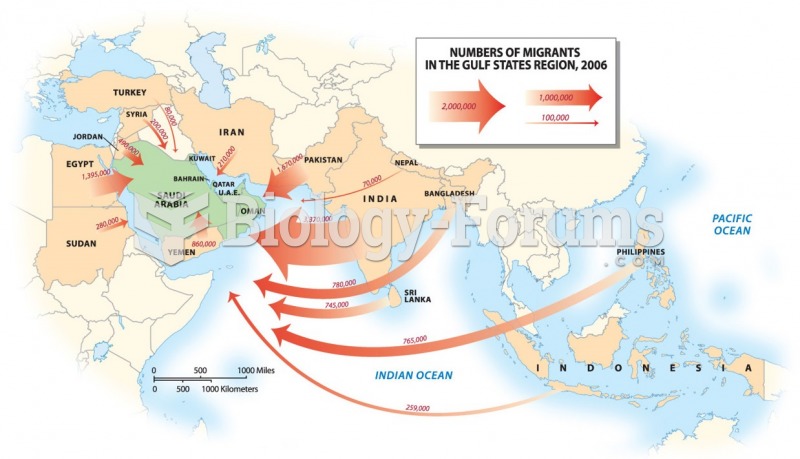Answer to Question 1
China has become a center of manufacturing as part of fragmented global supply chains. China has established itself in a very particular position in the global value chain. Instead of designing products or producing the more sophisticated components like computer processors, Chinese factories most often assemble components produced elsewhere into final products, which are then reexported to consumer markets like the United States. The final assembly step that is performed in China is often one of the simplest in the production process. Instead of advanced technology or highly skilled labor, it requires above all a large, willing, and low-cost labor force. This is what China offers to the multinational corporations that build factories or hire contractors there.
The life of a worker in China's export assembly factories is grueling. In fact, this is no small part of the appeal for the multinational corporations that locate manufacturing in China. Chinese workers have to work far longer and harder than employees in any American factory. On paper, workers in China, as in the United States, have a 40-hour week, but in reality workers have no choice but to put in extensive overtime, even if it is sometimes labeled voluntaryafter all, workers could choose to lose their jobs instead of voluntarily working overtime. The actual working day is 10 to 14 hours long, often with only a 10-minute break. During peak seasons of heavy output, employees in some factories work seven days a week. Because employees are often migrants, it is common for them to live in company dormitories, where they are bunked 6 to10 people per room. In addition, Chinese workers lack the kinds of institutional protections long taken for granted in advanced economies like the United States. Employers also seek to skirt what protections do exist. For instance, they try to keep their workers in the dark about provisions for compensation for work-related injuries guaranteed by labor law or their contracts. Other companies utilize external labor dispatch agencies that free the company of any contractual relationship withand thus legal responsibility fortheir workers at all. Lacking these basic protections and mechanisms for addressing grievances, it should be no surprise that working conditions are often unsafe: There are many reports of workers being exposed to dangerous chemicals and of being injured or killed in workplace accidents.
Answer to Question 2
a







